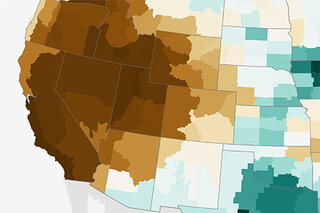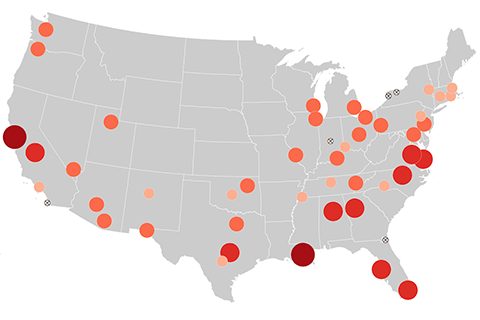
From heat waves to heavy rain, the National Climate Assessment's recently updated collection of indicators shows how climate is changing.
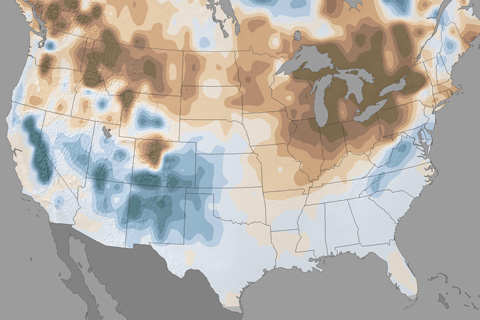
Forecasters think the tropical Pacific climate phenomenon known as El Niño is likely to visit this winter. What might that mean for snow?
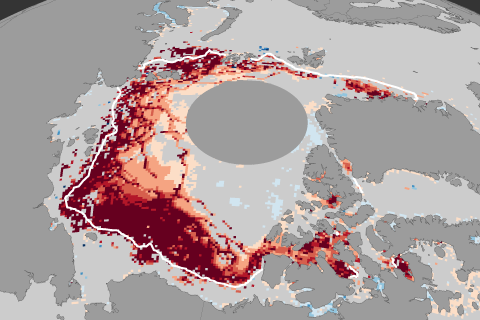
The 2018 Arctic sea ice minimum was not a record low, but it was well below the 1981–2010 average, and it continued the long-term trend of Arctic sea ice decline.
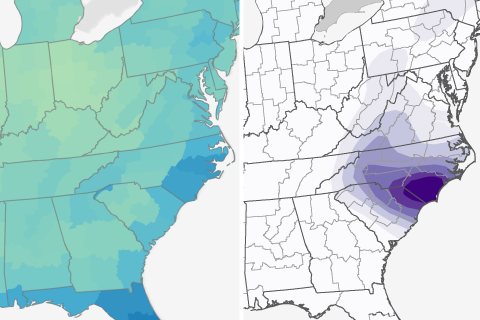
How do rainfall totals predicted for Florence compare to an average September in the U.S. Southeast?
In the bull's-eye of heaviest rainfall predicted for Hurricane Florence, parts of North and South Carolina may see more than 4 times their average September rainfall in a single week.
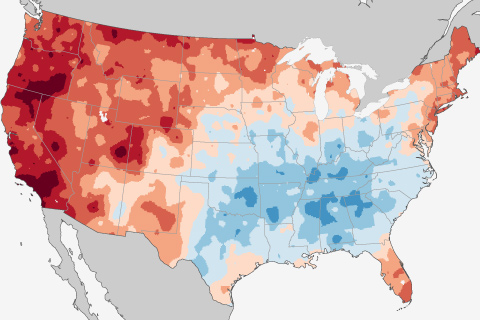
Warming in the West outstrips cooling in the East for a slight overall U.S. warming trend in the first month of fall.
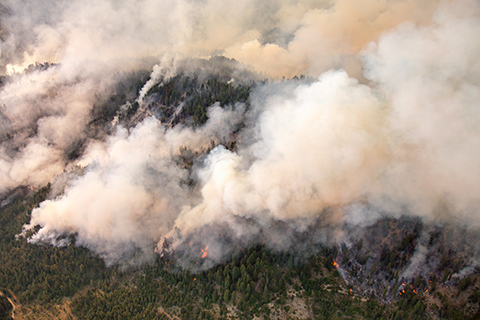
Wildfires are burning larger and more intensely than before, emitting smoke that poses a health risk to people. FIREX will provide information about what chemicals smoke emits in order to keep people healthy.
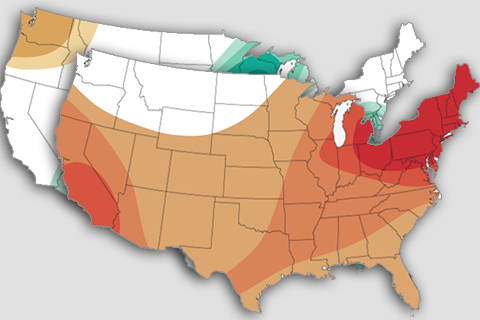
The September 2018 temperature and precipitation Outlooks for the United States predict warmer than average temperatures for much of the country and wetter than average conditions for the central Plains and eastern seaboard.
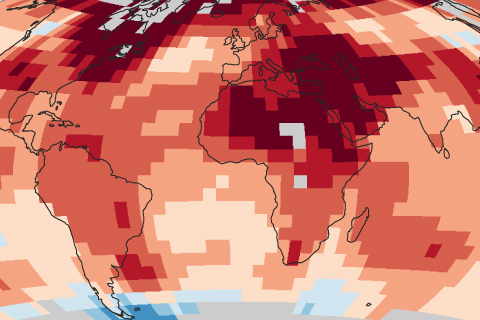
The 15 years from 1998–2012 were the warmest on record at that time, but the rate of global surface warming was slower than it had been in the 2-3 decades prior thanks to several natural influences. Meanwhile, the ocean's heating imbalance continued to climb.

A hot, dry summer has led to drought in Europe in 2018
August 30, 2018
